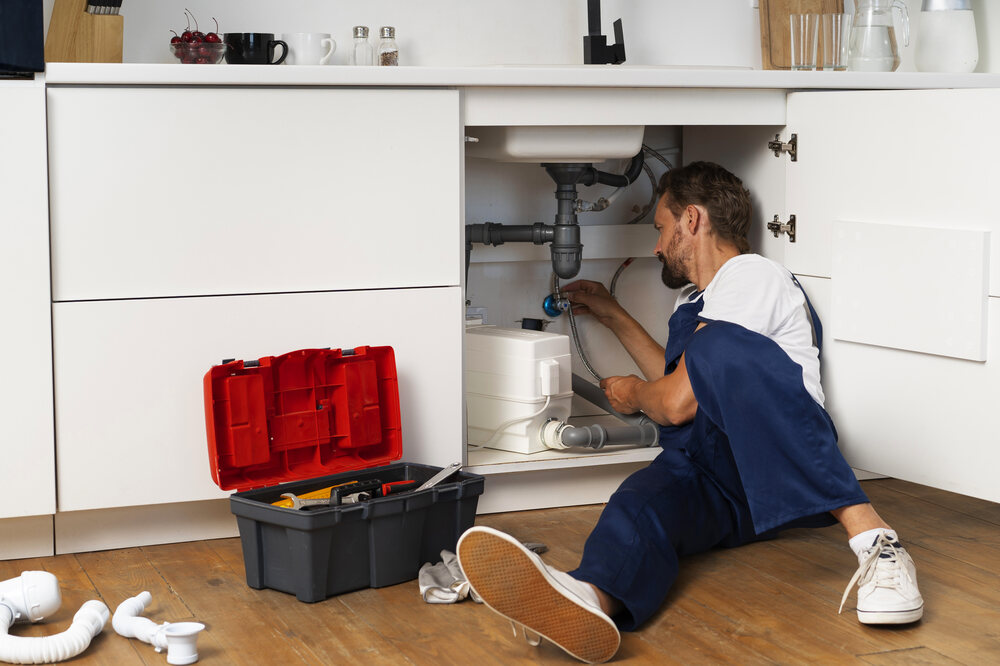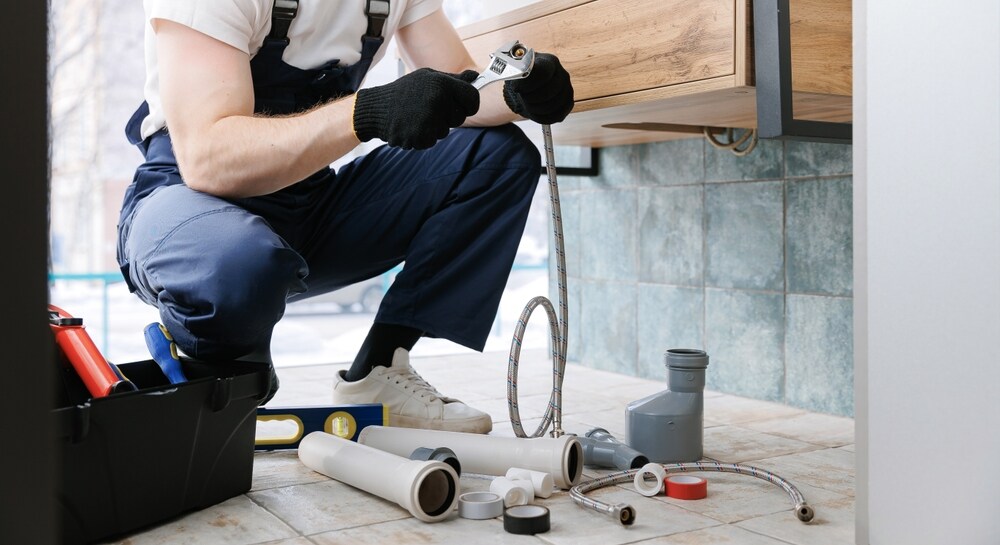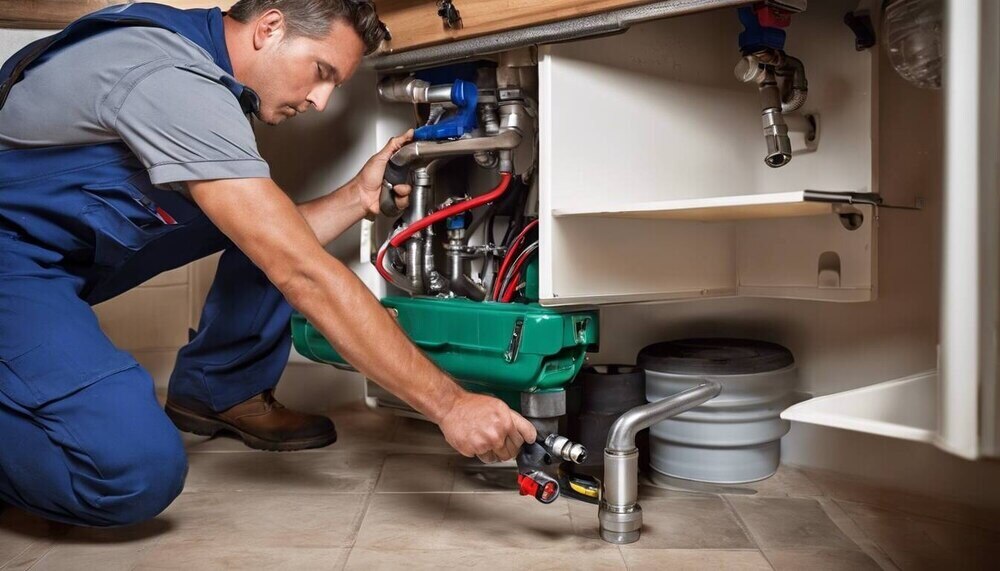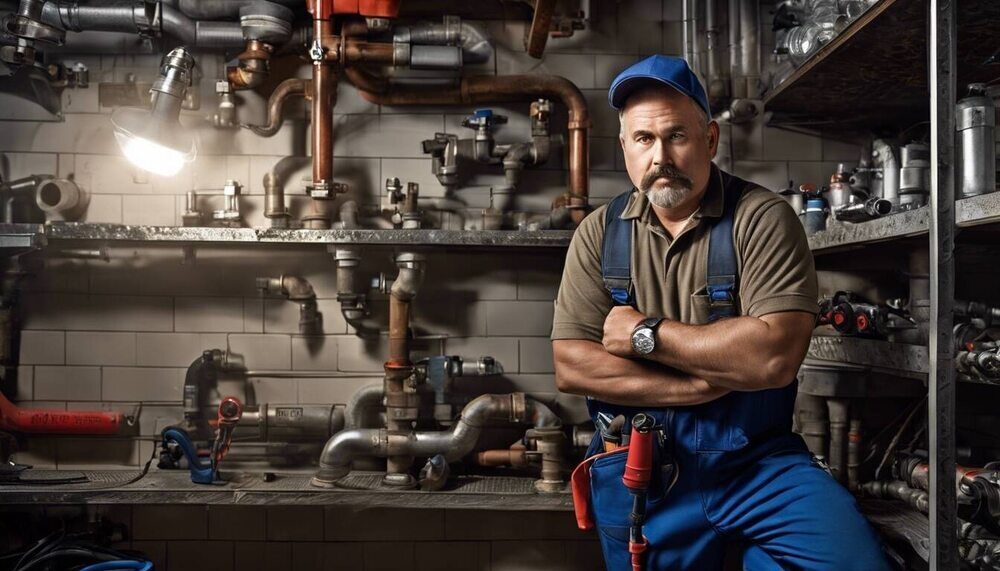Why Sewer Line Spot Repair May Be Better Than Full Replacement

When faced with issues in your sewer line, the first question that often arises is whether to repair or replace the damaged section of pipe. While the answer can depend on several factors, two main options are commonly considered: sewer line spot repair and full replacement. Each method has its own set of advantages and disadvantages, and understanding the difference can help you make an informed decision about which approach is best for your home and budget.
What is Sewer Line Spot Repair?
Sewer line spot repair is a localized solution to fix a specific section of a sewer line that has been damaged, typically due to tree root intrusion, cracks, or leaks. In this approach, only the affected area is excavated and repaired, leaving the rest of the sewer line intact. Spot repairs are often the preferred choice when the problem is isolated and the surrounding pipes are still in good condition.
What is Sewer Line Full Replacement?
Full sewer line replacement, on the other hand, involves replacing the entire sewer line running from your home to the municipal sewer system or septic tank. This method is typically recommended when the sewer line is extensively damaged or when repeated repairs are needed. A full replacement ensures that you have a completely new, functioning sewer line, which can provide long-term reliability and peace of mind.

Advantages of Sewer Line Spot Repair
Cost-Effective: Spot repairs tend to be much less expensive than full sewer line replacements. If the damage is localized, fixing only the affected area can save you money.
Less Disruptive: Since only a small section of the pipe is dug up, spot repairs cause minimal disruption to your yard, landscaping, and driveway.
Faster Process: Repairing a small section of pipe takes significantly less time than replacing the entire sewer line, so the job is often completed more quickly.
Advantages of Sewer Line Full Replacement
Long-Term Solution: Replacing the entire sewer line eliminates any risk of future problems with the pipe. If your line is old or deteriorating, full replacement can save you from dealing with additional repairs down the road.
Improved Efficiency: A new sewer line can improve the overall efficiency of your system, ensuring better water flow and reducing the risk of blockages or backups.
Increased Property Value: A newly installed sewer line can increase the resale value of your home, especially for potential buyers who may be concerned about plumbing issues.

When to Choose Sewer Line Spot Repair
Spot repair is the ideal option when the damage is localized and does not extend throughout the entire sewer line. For example, if a tree root has penetrated the pipe in one specific area, spot repair may be a sufficient solution. Additionally, spot repairs are ideal for homeowners who are not facing widespread sewer line issues but still need a quick fix to restore proper function.
When to Choose Full Sewer Line Replacement
Full sewer line replacement is necessary if your sewer system has multiple issues or if the pipe is significantly deteriorated. If your sewer line has experienced frequent problems, such as repeated blockages, backups, or leaks, it may be time to consider a full replacement. Similarly, if your sewer line is made of outdated materials, like clay or cast iron, and is nearing the end of its lifespan, replacing the entire line can help prevent future complications.
Conclusion
Ultimately, whether you choose sewer line spot repair or full replacement depends on the condition of your sewer system, the severity of the damage, and your budget. If the damage is localized and the rest of the line is in good shape, spot repair can be a quick and affordable solution. However, if you’re facing widespread issues, a full replacement may be a better investment for the future of your home. Always consult with a professional plumber to assess the situation and recommend the most suitable option for your needs.
